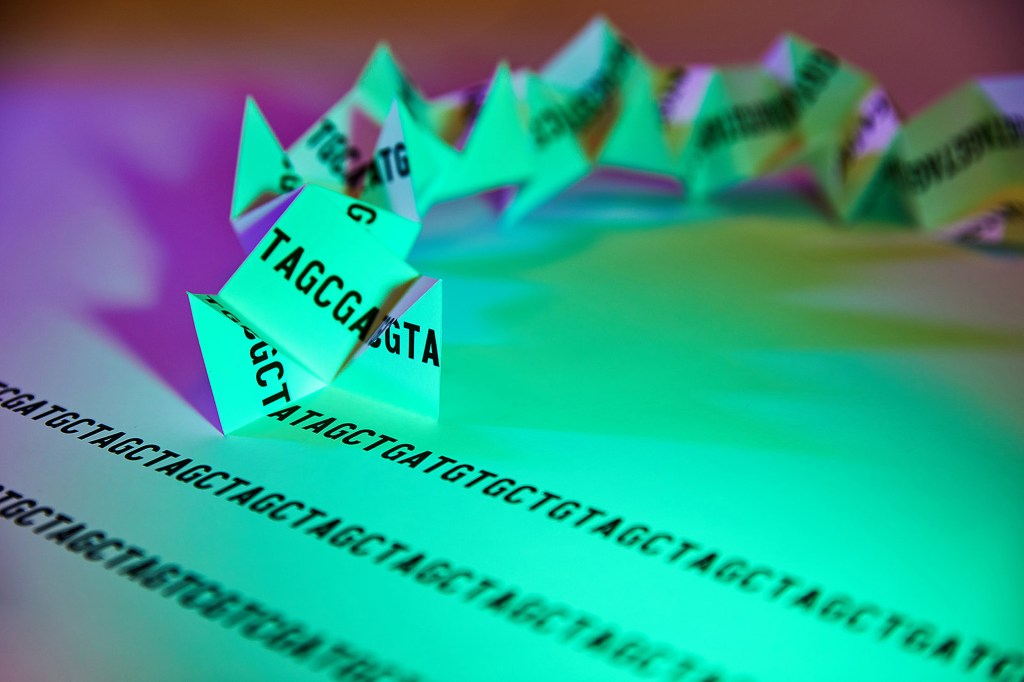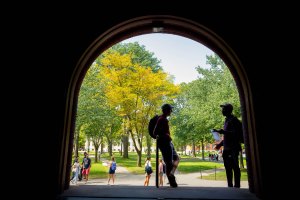Science & Tech
-

Cracking the code of why, when some choose to ‘self-handicap’
New research also offers hints for devising ways to stop students from creating obstacles to success

-
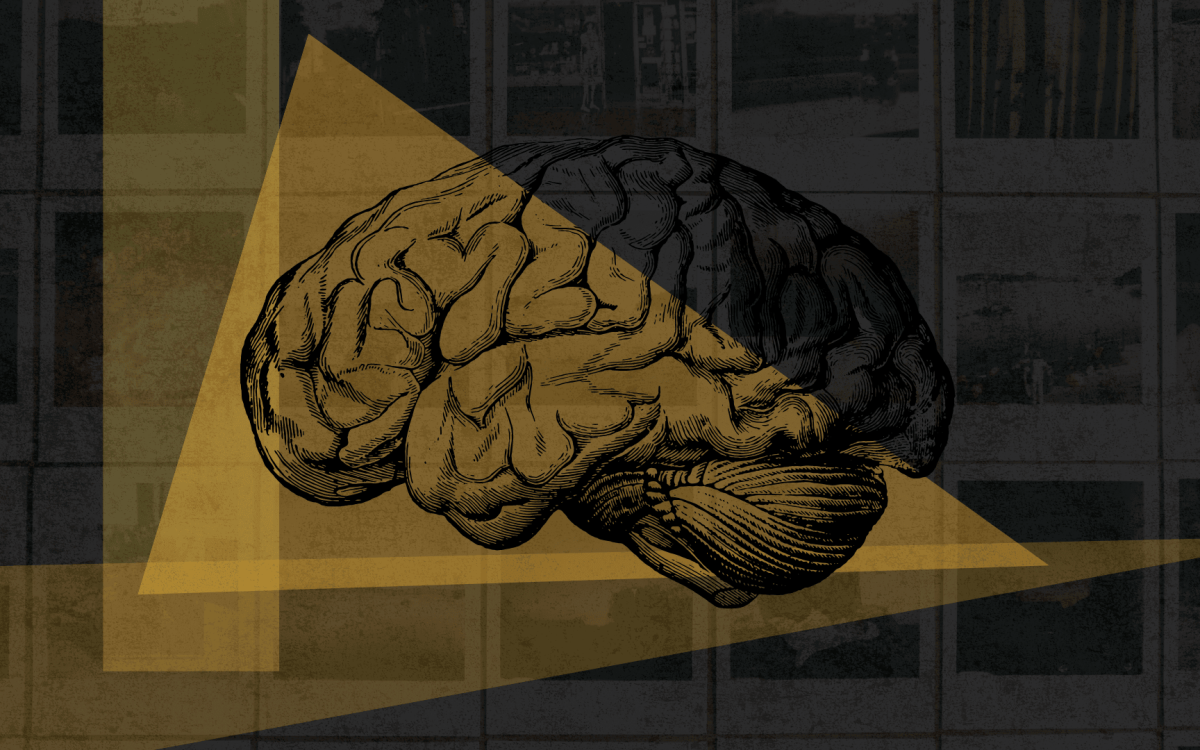
How memory works (and doesn’t)
In podcast, scientists explain why remembering is more reconstruction than replay
-

Mapping our deep-rooted relationship with medicinal plants
Regions with longer histories of human settlement tend to have greater variety, study finds
-
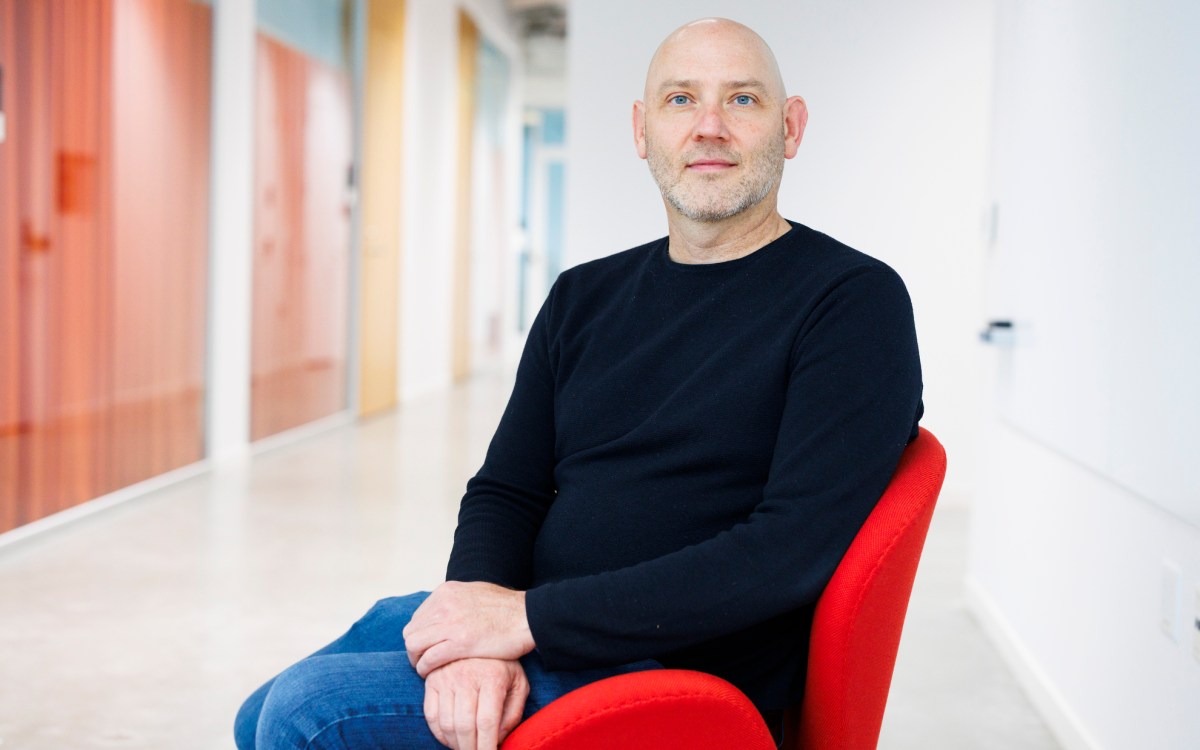
Technically, it’s possible. Ethically, it’s complicated.
Surge in AI use heightens demand for Harvard program that examines social consequences of computer science work
-
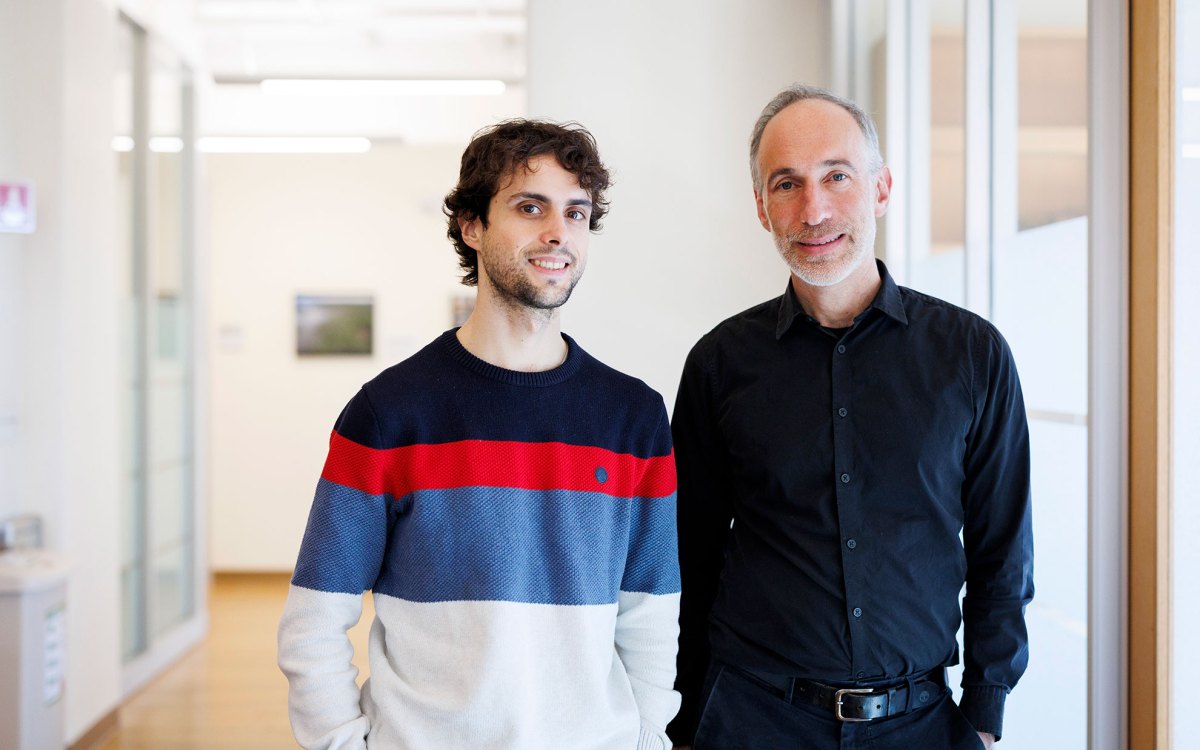
Solving mystery at tip of South America
Study finds previously unknown ancient lineage of indigenous people, which gave rise to surprisingly diverse mix of cultures

-
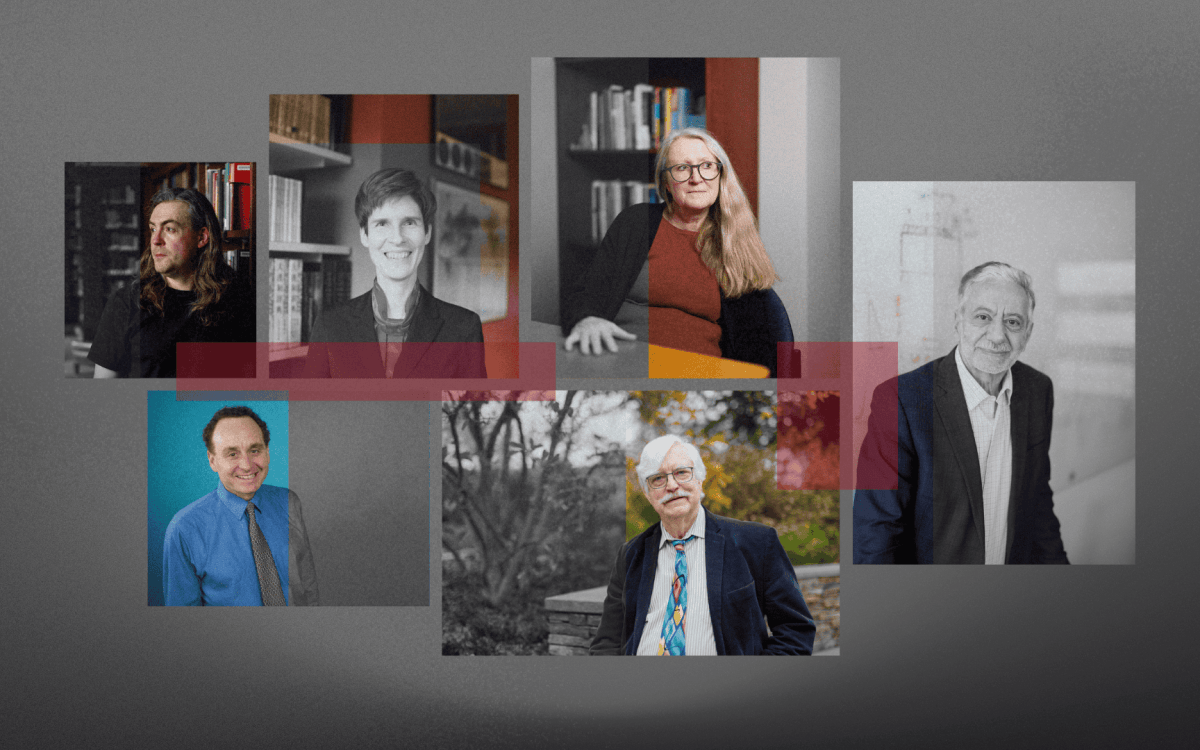
Is AI dulling our minds?
Experts weigh in on whether tech poses threat to critical thinking, pointing to cautionary tales in use of other cognitive labor tools
-
Finding a way forward on climate change
If the causes and problems of climate change are entwined, then the solutions must be as well, according to an online panel of Harvard faculty.
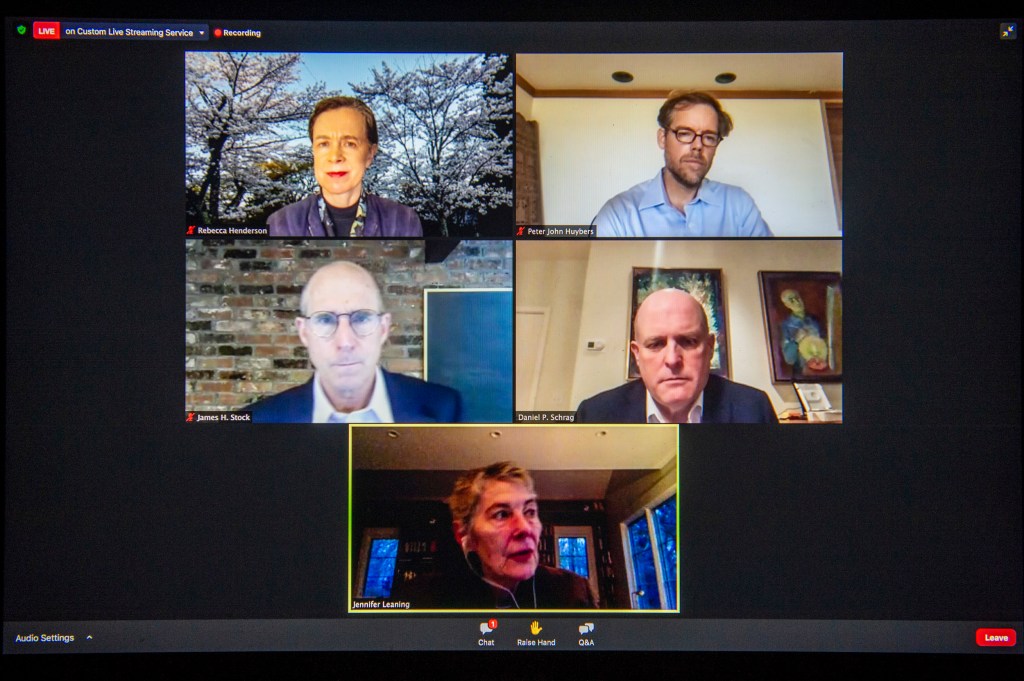
-
Image of black hole’s magnetic fields captured for first time
Images released by the Event Horizon Telescope (EHT) collaboration reveal how the black hole, some 55 million light-years away, appears in polarized light.
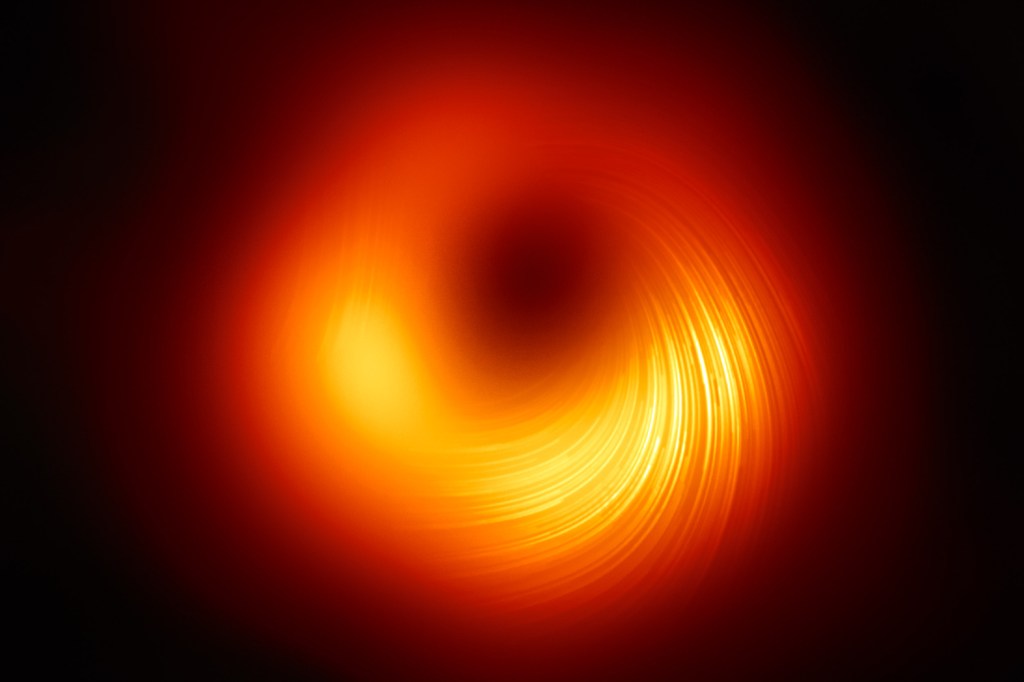
-
DNA, assemble
A concept for seeded all-or-nothing assembly of micron-scale DNA nanostructures that could extend nanofabrication capabilities and enable creation of highly specific diagnostics.
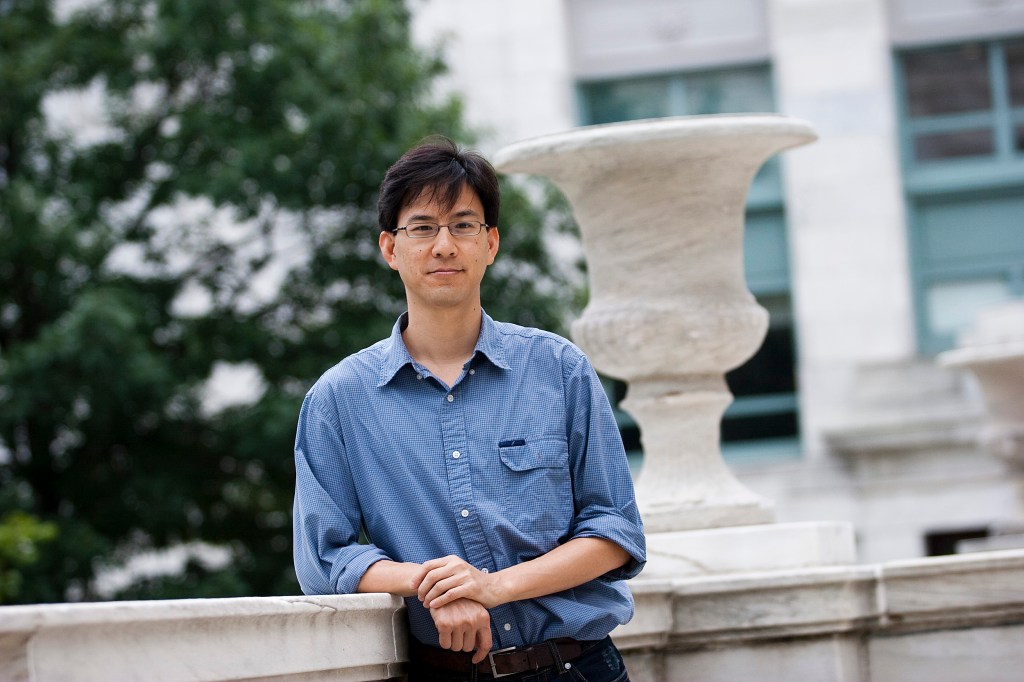
-
Anthropologists dig into fossilized dental plaque for clues to ancient trade
Scientists study ancient human teeth to learn about their surprising diet.
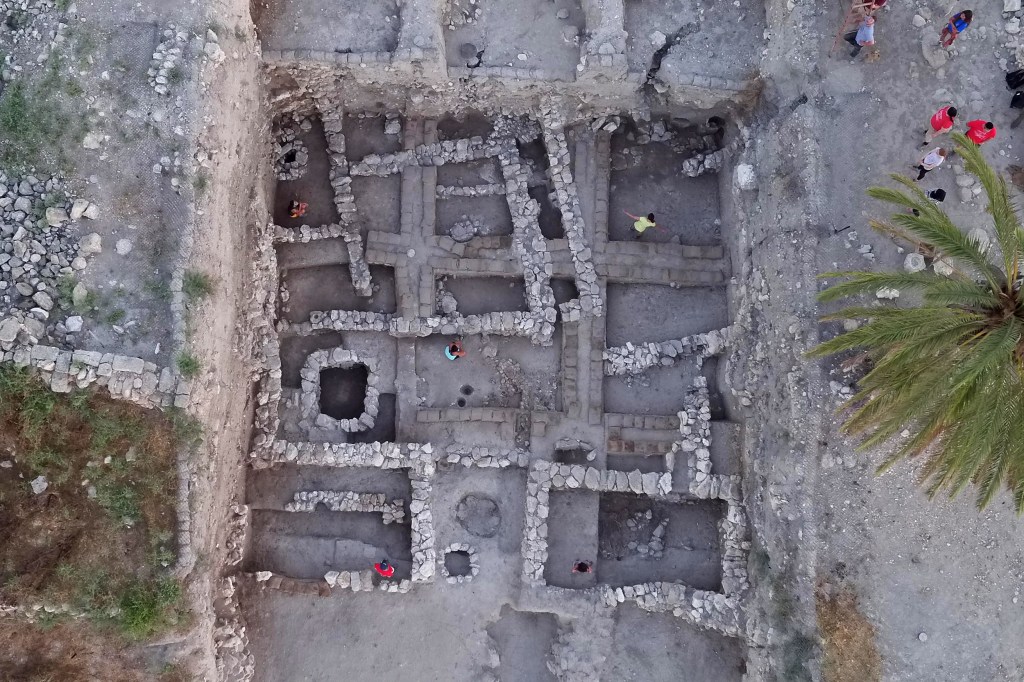
-
A next step in renewable Bionic Leaf fuel production
New system uses the sun and impure water to make renewable energy.
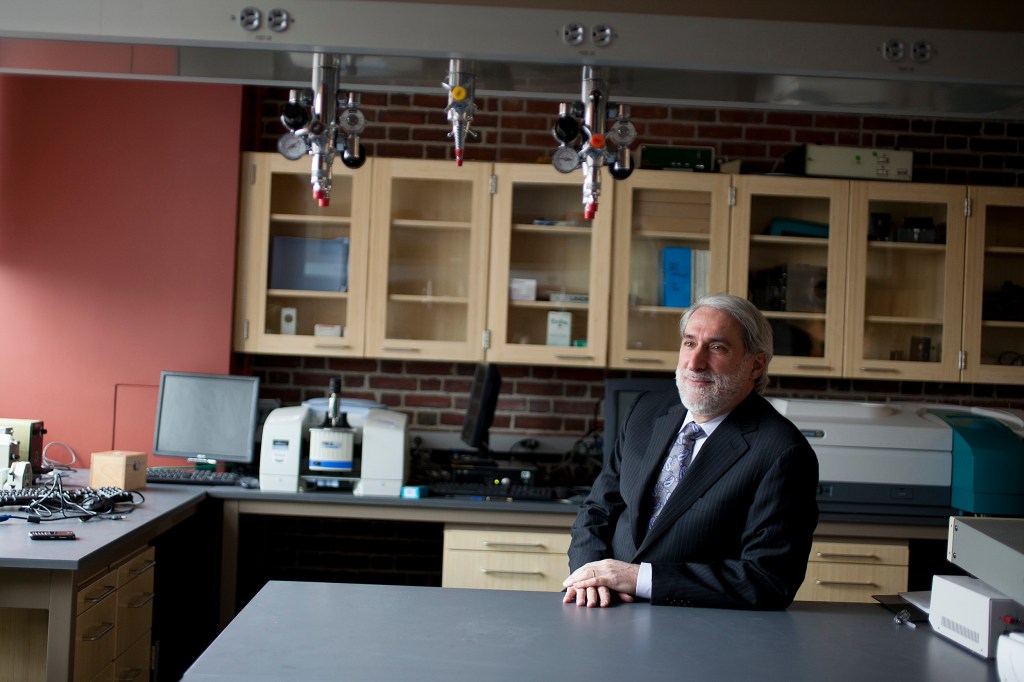
-
Study challenges accepted notion of mammal spine evolution
A new Harvard study challenges the accepted notion of mammal spine evolution
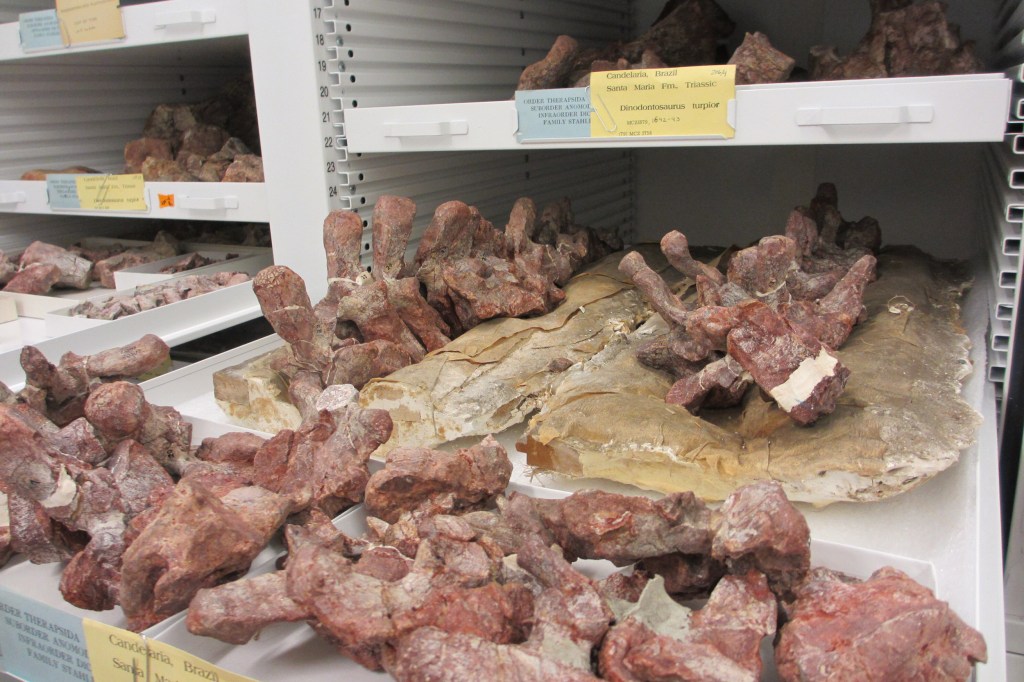
-
Black hole on the move
Astronomers at the Center for Astrophysics | Harvard & Smithsonian have detected a moving supermassive black hole.
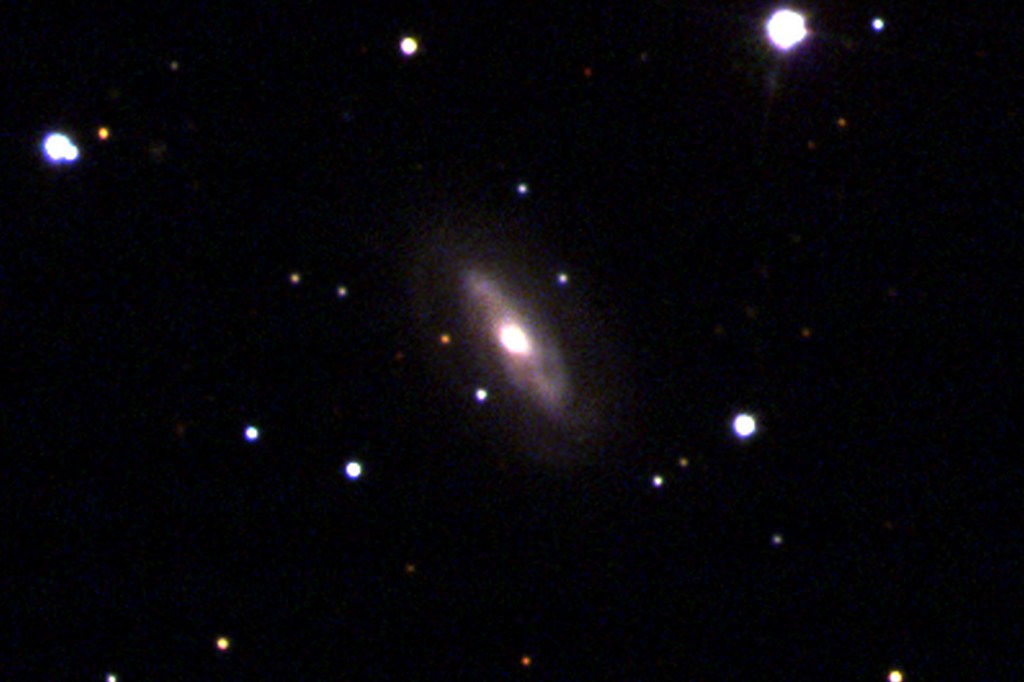
-
Model explains how life may have emerged on Mars
Harvard researchers have solved a decades-old mystery about how the early Martian atmosphere and climate may have evolved to support periods of warmth and running water on the planet.
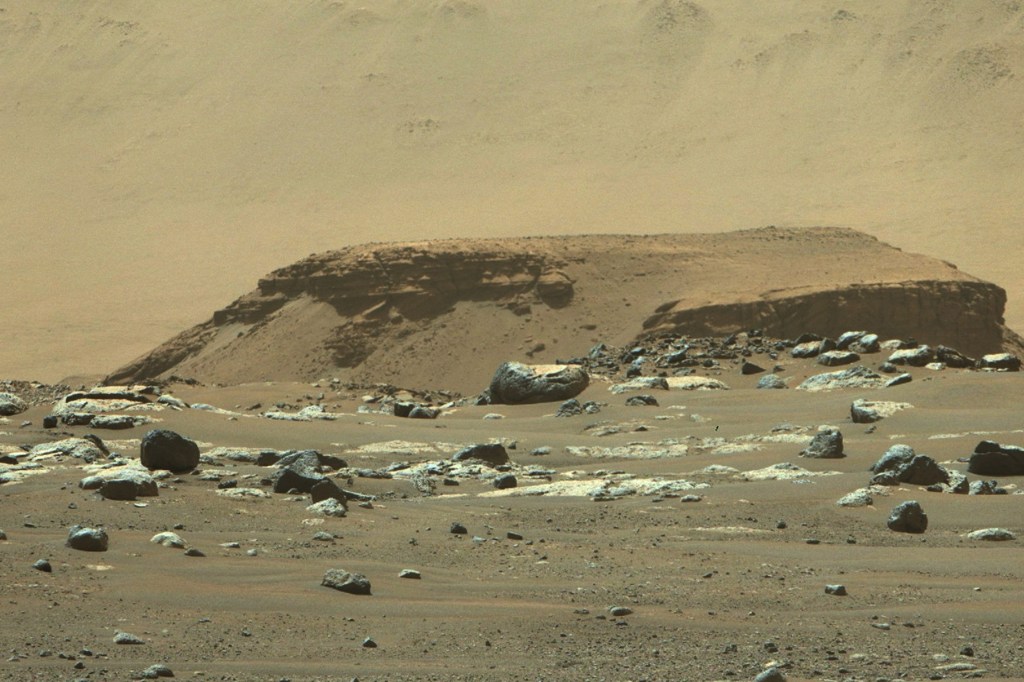
-
All the ingredients for an expert space baker
Claire Lamman doubles as an astronomy graduate student at Harvard and an expert space baker.
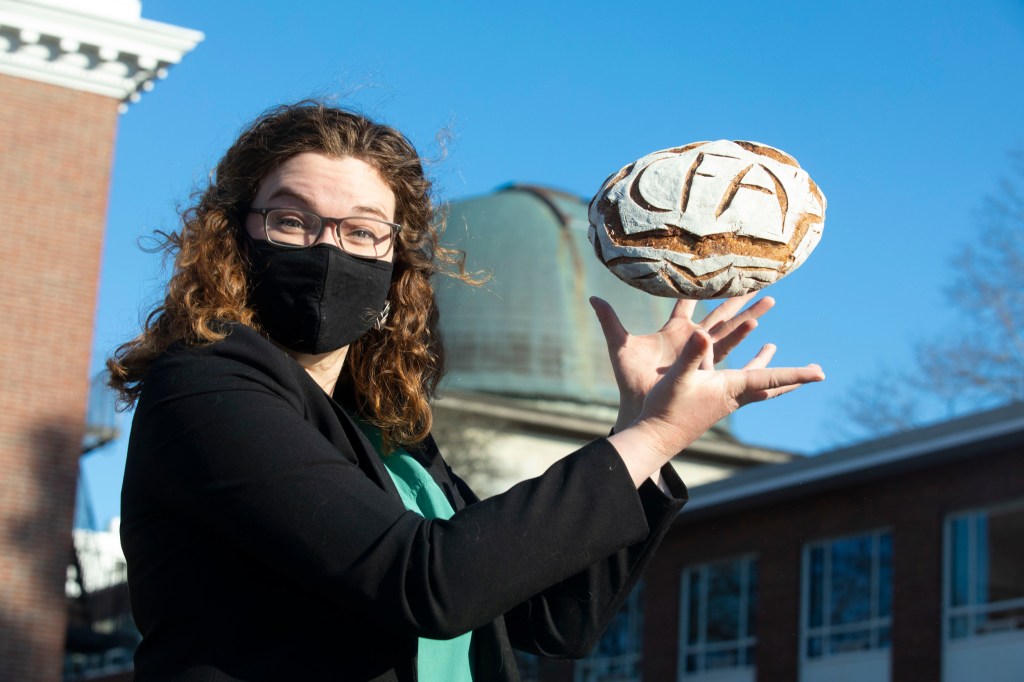
-
Uncovering hidden chemicals
New tool finds and fingerprints previously undetected PFAS compounds in watersheds on Cape Cod.
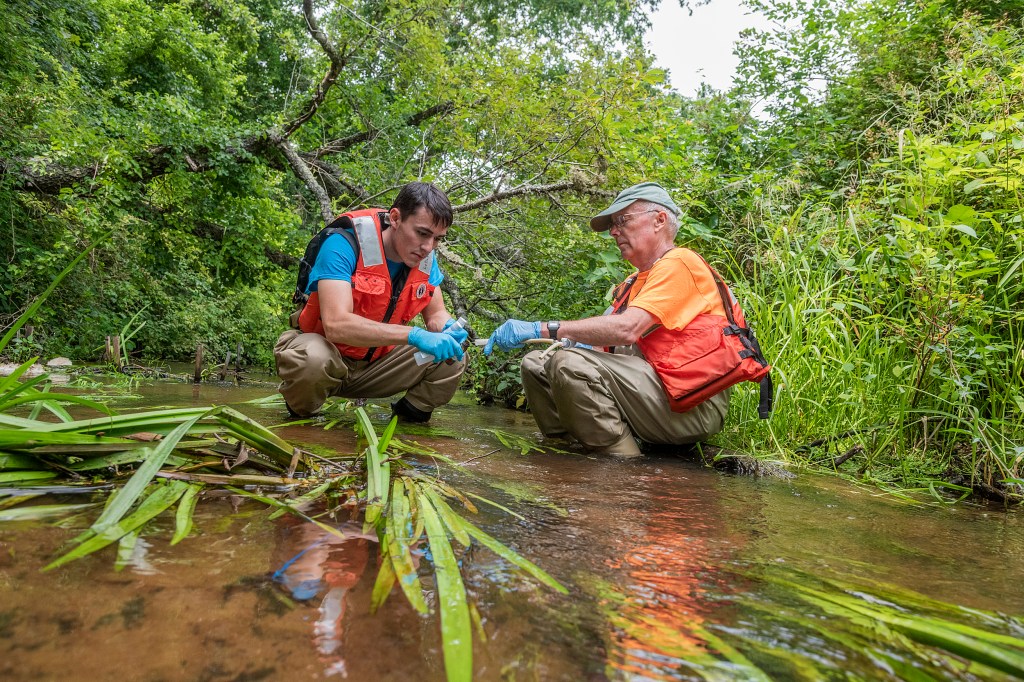
-
A ‘miracle poison’ for novel therapeutics
Researchers prove they can engineer proteins to find new targets with high selectivity, a critical advance toward potential new treatments to help neuroregeneration, cytokine storm.
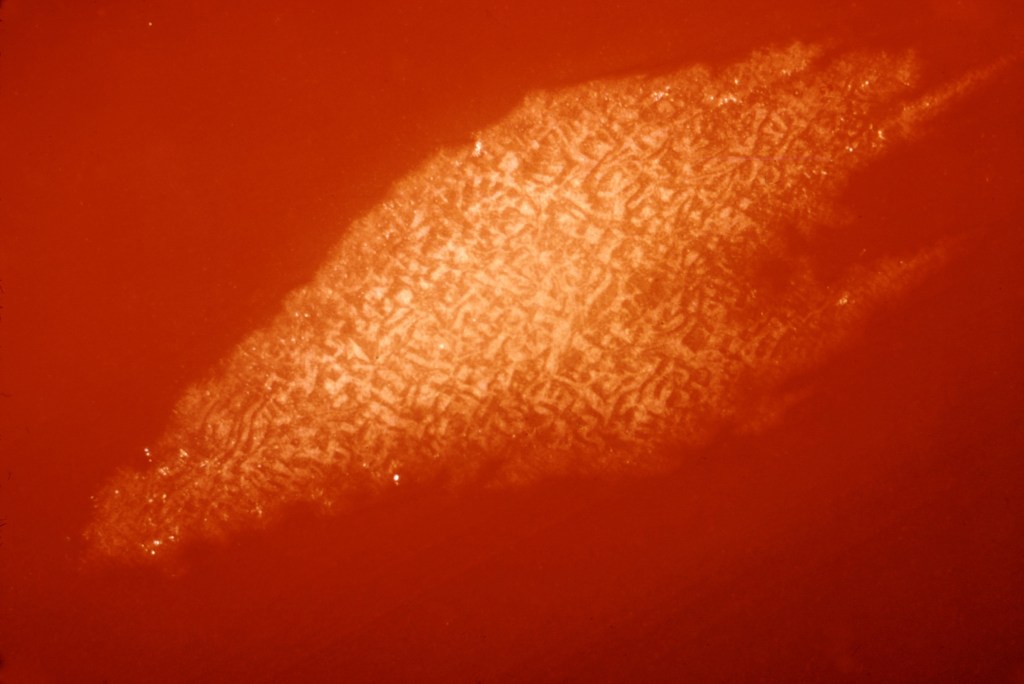
-
Engaging AI in the battle against Alzheimer’s
A team of researchers has developed an artificial intelligence-based method to screen currently available medications as possible treatments for Alzheimer’s disease. The method could represent a rapid and inexpensive way to repurpose existing therapies.
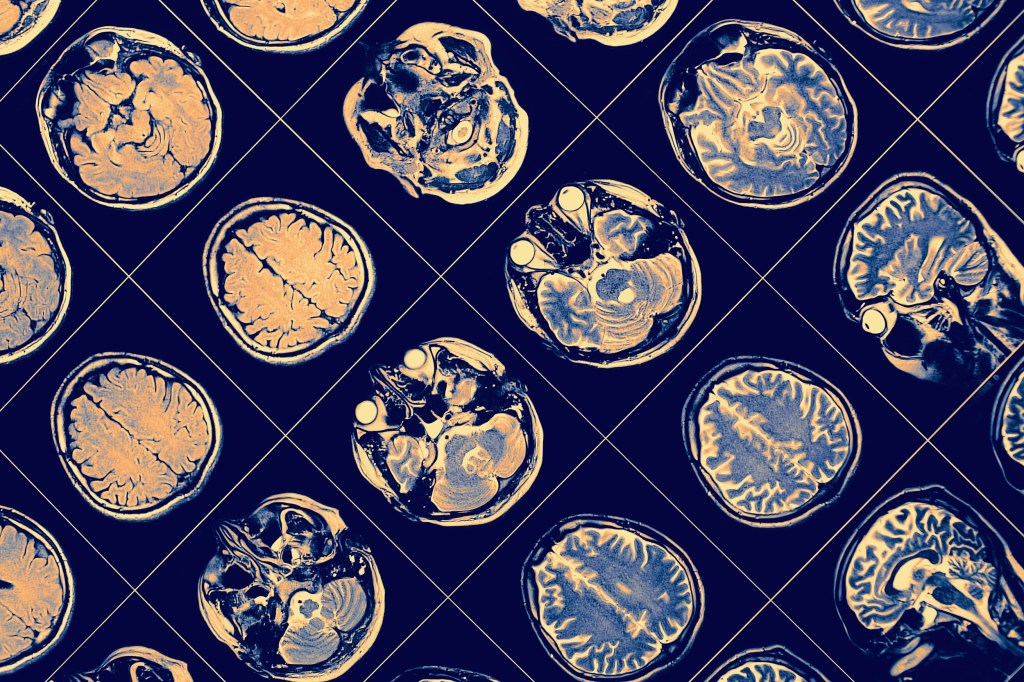
-
Know why conversations either seem too short or too long?
Conversations don’t end when people want them to because few people know how to end them politely, a Harvard study finds.
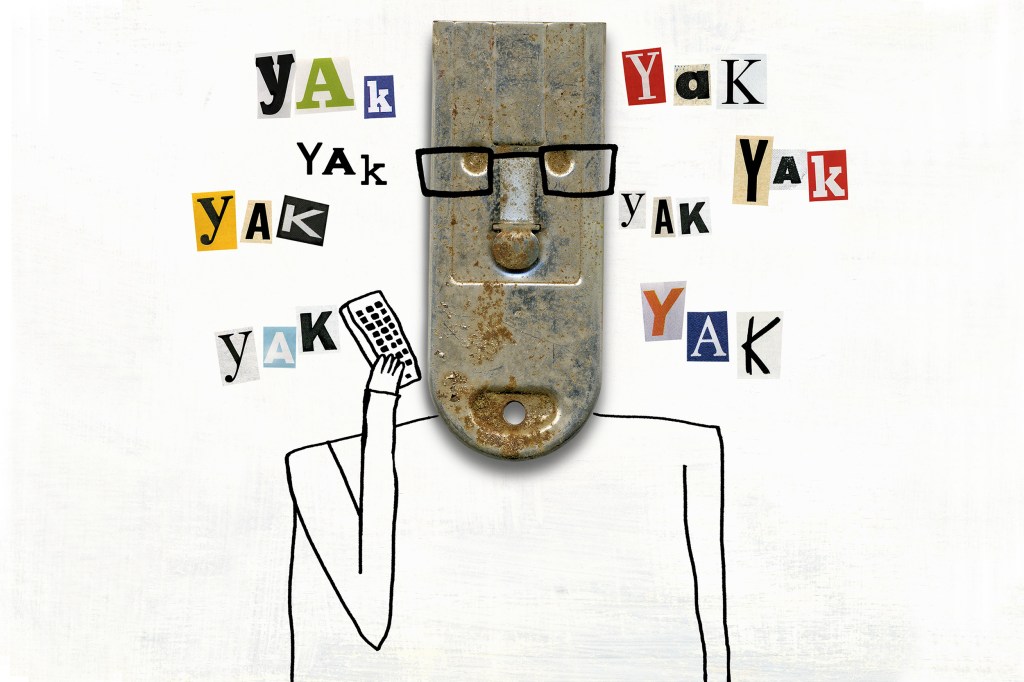
-
Smaller, faster, greener
Examining the environmental impact of computation and the future of green computing.

-
Signs of quantum science
Harvard’s Center for Integrated Quantum Materials and The Learning Center for the Deaf are working together to develop American Sign Language modules on quantum science topics for undergraduate students with the aim of increasing STEM opportunities for deaf and hard-of-hearing students.
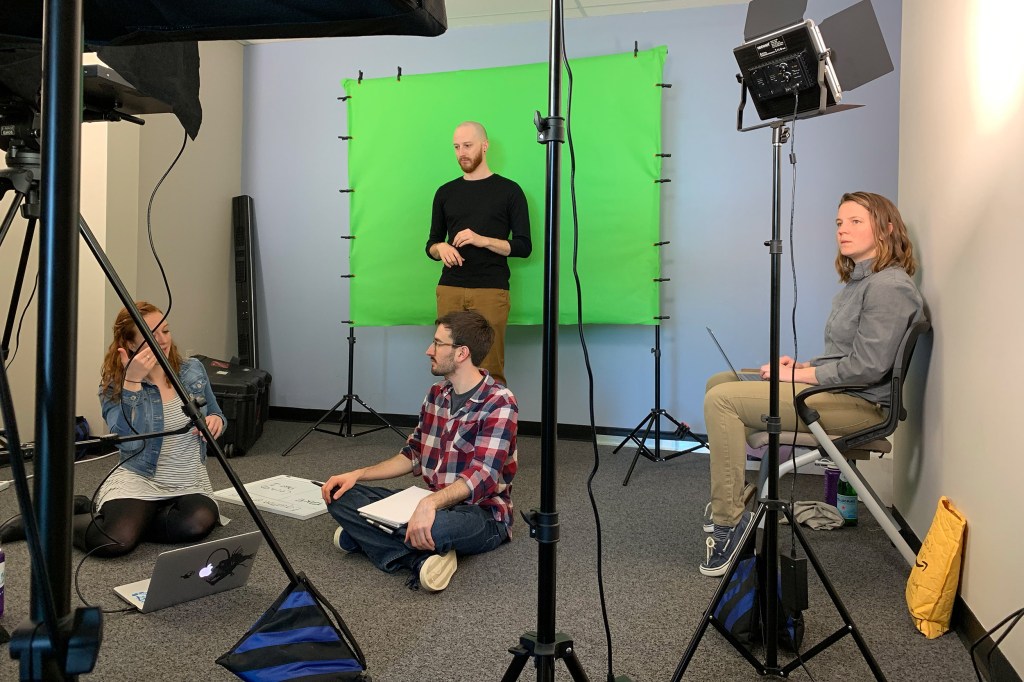
-
COVID-19 lockdown highlights ozone chemistry in China
During COVID-19 lockdown, China saw an increase in ozone pollution despite a drop in emissions from transportation and manufacturing sources. The question is, why?

-
Telemedicine for stroke patients improves outcomes
The first national analysis shows patients at hospitals that offer remote stroke consults fare and were more likely to survive than patients who presented at hospitals without stroke telecare.

-
CAPTURE-ing movement in freely behaving animals
Harvard researchers develop a new motion-tracking system that delivers an unprecedented look at how animals move and behave naturally.
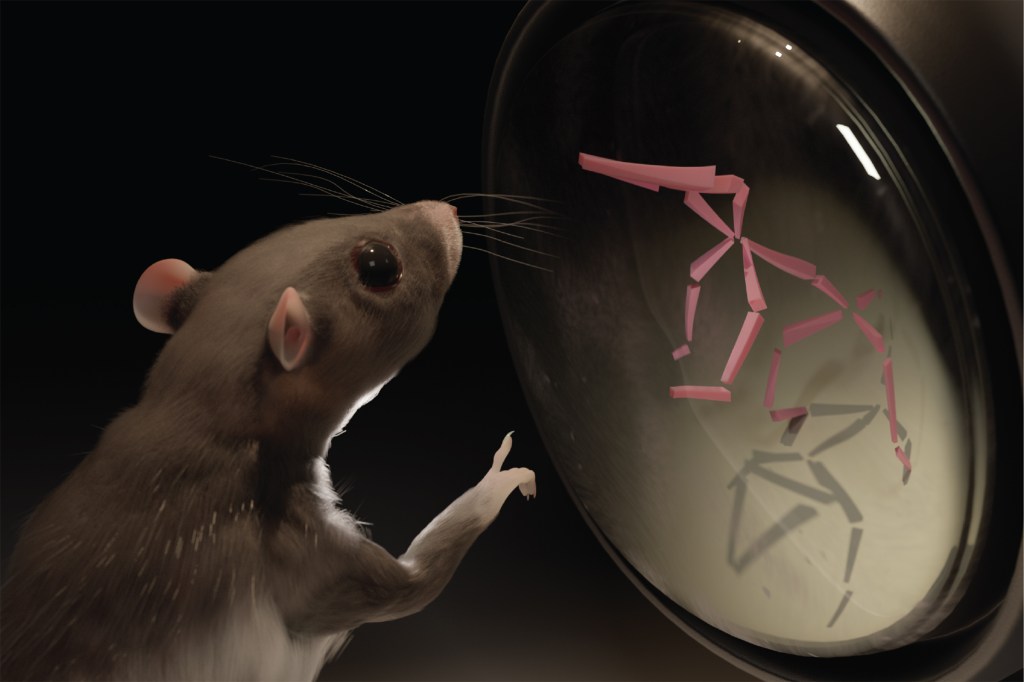
-
Losing time against climate disaster
In an online Harvard Science Book Talk, philanthropist Bill Gates warns of environmental perils ahead and offers a plan to combat them.

-
Unlocking the colors of insect vision
Harvard researchers develop in vitro method for probing what colors an insect sees.
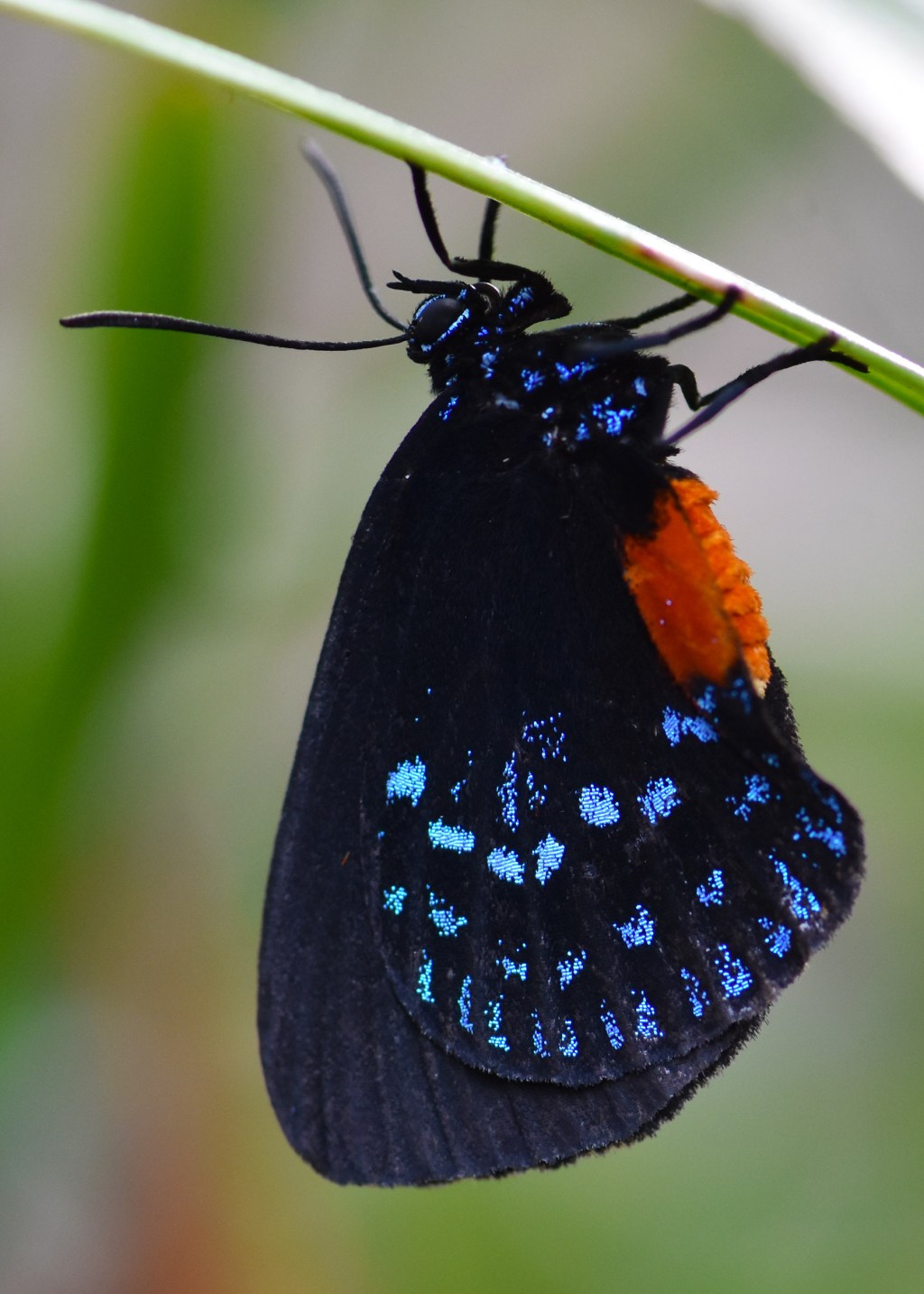
-
AI can help reduce the risk of HIV in high-risk communities
Researchers have developed an AI system that can identify the people within a social network who can most effectively promote information about HIV prevention to their peers.
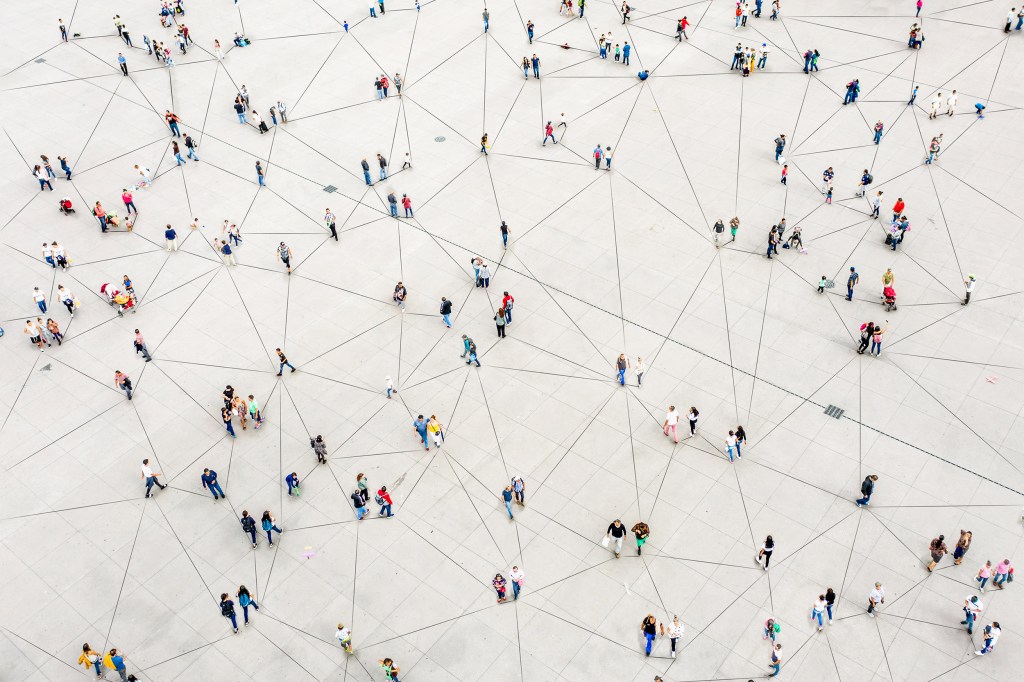
-
Wanted: Bold ideas
The Star-Friedman Challenge for Scientific Research is ready to provide seed funding for high-risk, high-impact work in the life, physical, and social sciences. Harvard researchers have until March 1 to apply for the funding.
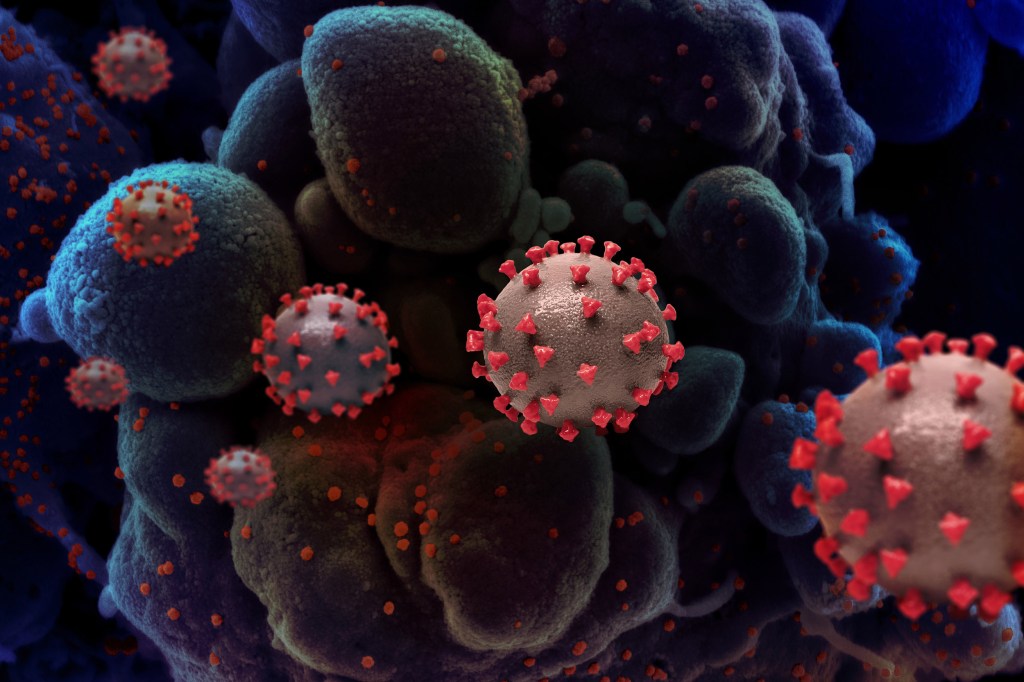
-
The cataclysm that killed the dinosaurs
New theory explains origin of comet that killed the dinosaurs
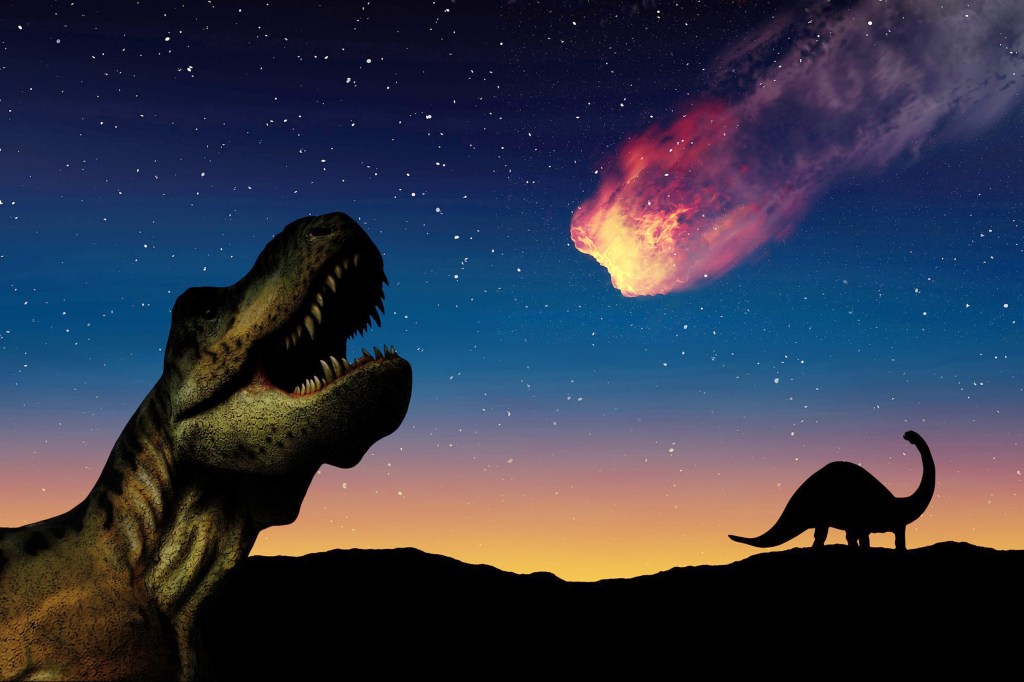
-
The science of siestas
Researchers have identified three distinct mechanisms that promote napping and found that many napping-related genes also regulate other aspects of sleep.

-
How jellyfish and sea anemones know when (and when not) to sting
A team of researchers from Nicholas Bellono’s lab has discovered how the trigger system of jellyfish and sea anemones stinging works on a molecular level.
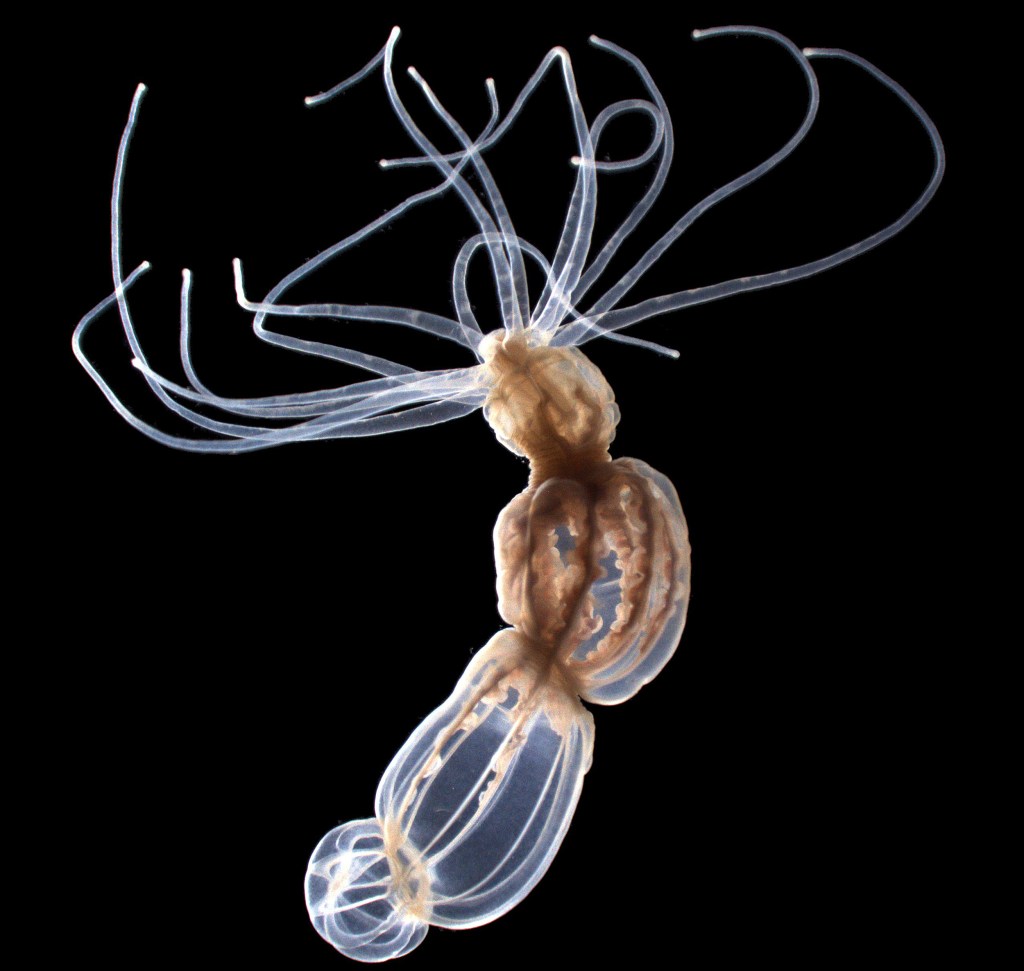
-
1 in 5 deaths caused by fossil fuel emissions
A new study greatly increases estimates of the numbers killed by air pollution.

-
Scientists use trilayer graphene configuration to observe more robust superconductivity
The new three-layer system opens the door for high-temperature superconductors.
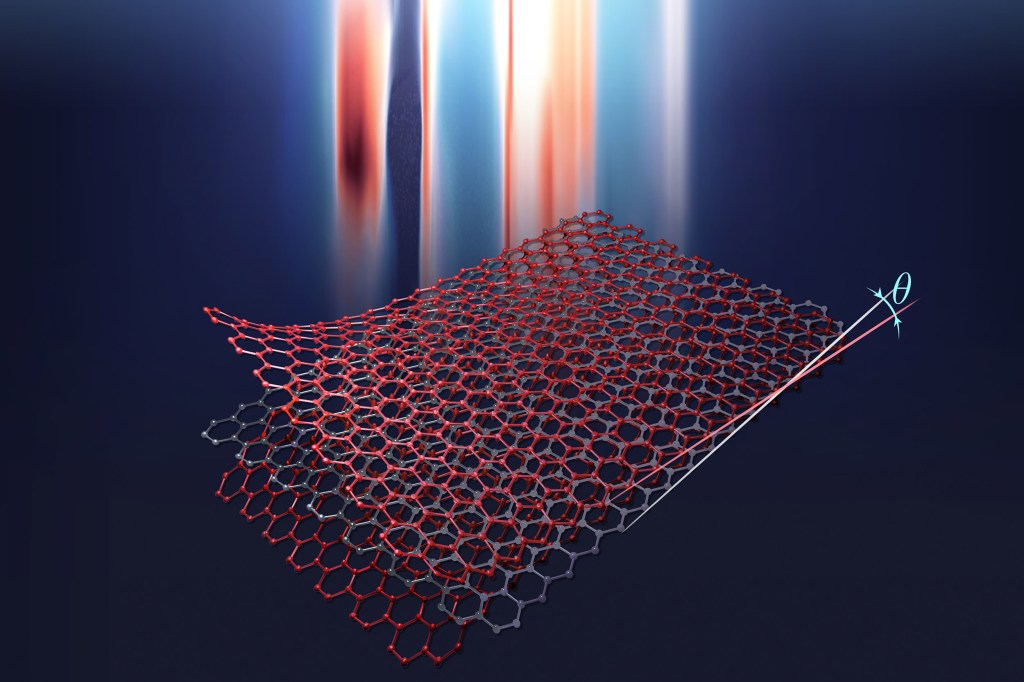
-
Tracking the proteins before Alzheimer’s takes hold
A team led by investigators has now developed an automated method that can identify and track the development of two key abnormal protein deposits that accumulate in the brain during the development of Alzheimer’s disease.
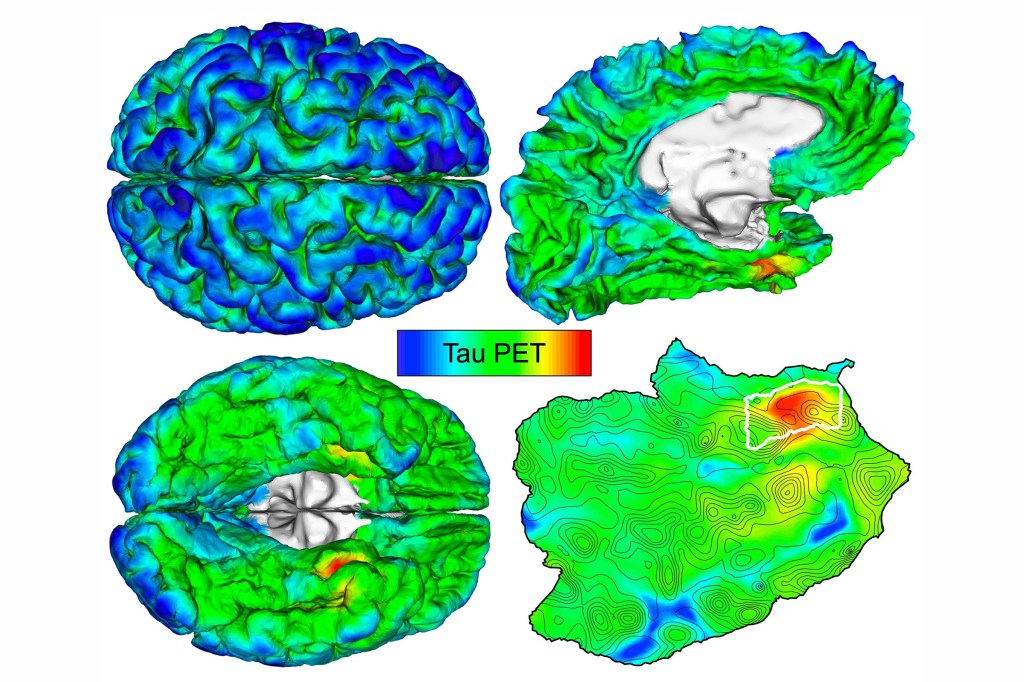
-
Microbes are around and within us but there’s much we don’t know about them
Harvard microbial ecologists take an up-close look at mouth bacteria.
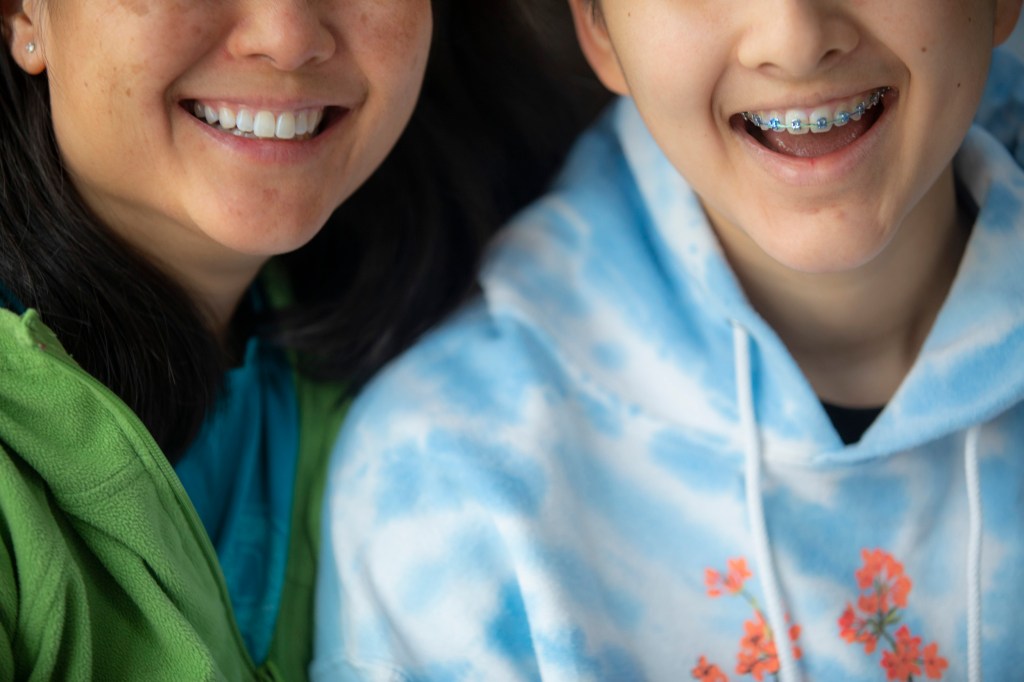
-
Growing the family tree
More than one-third of the U.S. population is made up of individuals with recent ancestors from multiple continents. A new genetics tool helps uncover disease-associated gene variants in these individuals.
